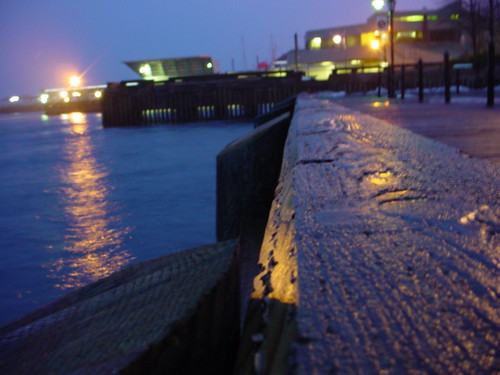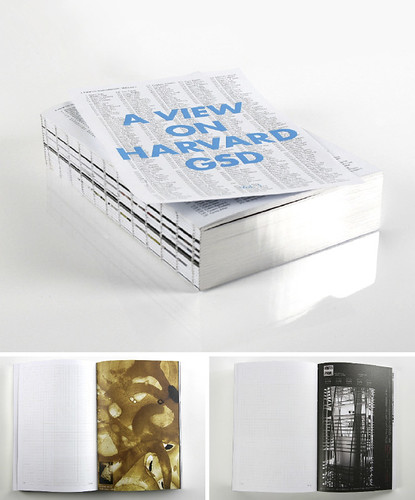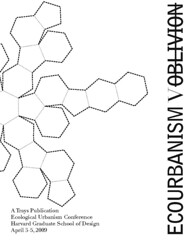I felt that I had to write some on San Francisco’s Octavia Boulevard project. This seems like one of the most important projects in urban America right now, up there with the Big Dig and the work at the WTC site in New York. Ever since the Embarcadero Freeway in San Francisco collapsed in 1989, SF has put itself on a path to remove many of its highways. The project that is going on now will remove Interstate 80 and turn Octavia Street into a beautiful six-lane boulevard. Octavia will go from this:

Into this:

One of the most interesting parts of this project is that it was driven not by a forward thinking urban planner, but by the people of San Francisco themselves. Essentially, the voters have drawn a line in the sand, both figuratively and literally, in saying that there will be no highways beyond this line (in this case Market Street). In doing this, San Francisco has kept thier place on the forefront of American urban design.
Not that they are the first to remove an urban highway. Milwaukee, Boston, Portland, OR and New York have all also led the way. The unfortunate thing about these projects is that they shouldn’t have been necessary in the first place. All along the planners of the Interstate Highway System have known that they highways should not pass directly through cities. Norman Bel Geddes, the person most responsible for the U.S. Highway system said in 1939, “Motorways must not be allowed to infringe upon the city.” Unfortunately, unlike the systems in Canada and Europe, we did not follow our own rule. As such, our traffic problems have been, by and large, much worse then those of the other developed countries.
As we continued to develop new highways, we were shocked to find that no matter how big we built them, they still filled up. Our response has typically been to build more lanes and more highways. Unfortunately, we haven’t been willing to look at the statistics of what we are doing. Building more lanes simply brings more traffic. Some studies have shown that by adding a lane in each direction to a highway will cause increase in traffic that will require additional lanes within 4 years. To paraphrase a famous quote, adding more lanes to fix traffic problems is like loosening your belt to cure obesity.
So what happens when a highway is removed? When the West Side Highway collapsed in 1973 in New York, NYDOT conducted a study that showed that 93% of the car trips simply disappeared. The reasons for this are more sociological then technical. The easiest way to say it is that most car trips are simply unnecessary. When we decide whether or not to take a trip in our car, we, consciously or unconsciously, weigh what we know about traffic patterns and distances to decide if a trip will be worth it to us. If we know that traffic will be bad or that the distance is too far, we will postpone our trip or find a replacement trip that will be closer. We will find a doctor or used bookstore in our neighborhood instead of across town. Over time, people will even change homes or jobs to be closer to their homes if their commute becomes too difficult.
So, let’s imagine for a minute what this could look like in Minneapolis. Let’s turn four lane 35W into a six-lane boulevard along with an elevated light rail line in the middle starting at 62nd and running into downtown. Additionally there would be space for a block on each side of development.
The lightrail in this position would be fantastic. If you take a quarter-mile to a half-mile in each direction (let’s say Lyndale in the west and Chicago in east) and you have some of the most densely populated blocks in the Twin Cities. This would end up being more of a line for the population of Minneapolis then the Hiawatha line has been and it is already a proven transit way. I would envision a new transit station in the development blocks towards the end of the Boulevard (let’s call it Central Boulevard for the sake of giving it an easy name), maybe around 60th. All of the express busses that run on 35 could be discontinued and instead we could have several new bus routes to the suburbs running from the 60th St. Station. Additionally, the 18 bus that runs on Nicollet and the 5 that runs on Chicago and Portland (2 of the busiest in the city) could be discontinued. The central divider that would be home to the elevated lightrail would also be prime space for bike paths.
Although I’m sure that there would be many people who would complain of the longer amounts of time that commuting to Minneapolis would take, I’m pretty sure their would be little or no difference. As is, when I was working in Richfield and living downtown, I usually took city streets home, and can personally testify that it took about the same amount of time to get home. The problem with 35W is, once you are on, you are trapped. If I’m taking Nicollet and it’s too busy, I can change my mind and take Lyndale or Portland or Park or Xerxes or Penn instead. Central Boulevard would give people yet another choice, plus, with a divided roadway with dedicated turn lanes, it could support a slightly higher speed limit, say 40 mph, safely.
As far as the development blocks, I’d imagine continuations of the development that is already there. Namely, condos and apartment blocks closer to downtown; single family or duplexes (possibly row houses) farther out interspersed with retail all along. All along the boulevard there should be a height requirement of at least 2 stories, become 3 stories at 36th and 4 stories by Franklin. There should be on street parking all along the Central and a restriction of parking lots that are within sight of the street (however a pair of park and ride ramps would be nice, say at the 60th street Transit Center and at Lake, perhaps instead of that stupid Kmart). Wide sidewalks would give space for both pedestrians and street cafes. There could be several areas left open for parks, including an expansion and redesign of Kingfield Park, which already borders 35W. Another possibility would be routing the boulevard or the light rail a little bit farther west once it is past lake to put it along the east side of the Institute of Arts while keeping the other along 35W’s path to connect to the Honeywell and Wells Fargo developments in Phillips. The great part of all of this open space throughout the middle of the city would be the opportunity to create a showcase of architecture and design that would define the city, much like Berlin's development through the corridor that was left in the wake of the fall of the Berlin Wall, including Potsdamer Platz, the new Monument to the Murdered Jews of Europe, Pariser Platz and the new government buildings (Berlin also just edged out Rome to became the third most visited city in Europe, showing the potential economic benifits of this type of development).
This is all of course without regard to costs. I don’t claim to be an economist, so I can’t say for sure anything about costs. What I do know for sure is that a large portion of a smaller city's budget comes from building permits. The amounts of money that would come in from the development of 120 brand new blocks would definitely help off set some of the costs. Not to mention the new property taxes. We could also make it Honeywell Boulevard, Target Boulevard or General Mills Boulevard if we wanted to bring in a few million extra. Maybe even all three if we named it in different chunks. The development on the blocks would, of course be mostly private money, and the lightrail should be able to get transit subsidies. To take a look at Milwaukee’s work, the replacement of an elevated road way in downtown Milwaukee with a surface street was estimated at about a fifth the cost of what repairing the roadway in the first place would have cost (25 Million as compared to 120 Million). This isn’t to say that it wouldn’t be high cost, however one must weigh the potential for good to the city, an increase in tourism, better neighborhoods, a reduction in sprawl and increase in population and density within Minneapolis proper would all be possible results. Both Milwaukee and San Francisco have reported a revitalization of the neighborhoods bordering their smaller scale projects. It’s all a bit out there, I know, but this is a vision of what a city can become with just a little work.
Read more...










